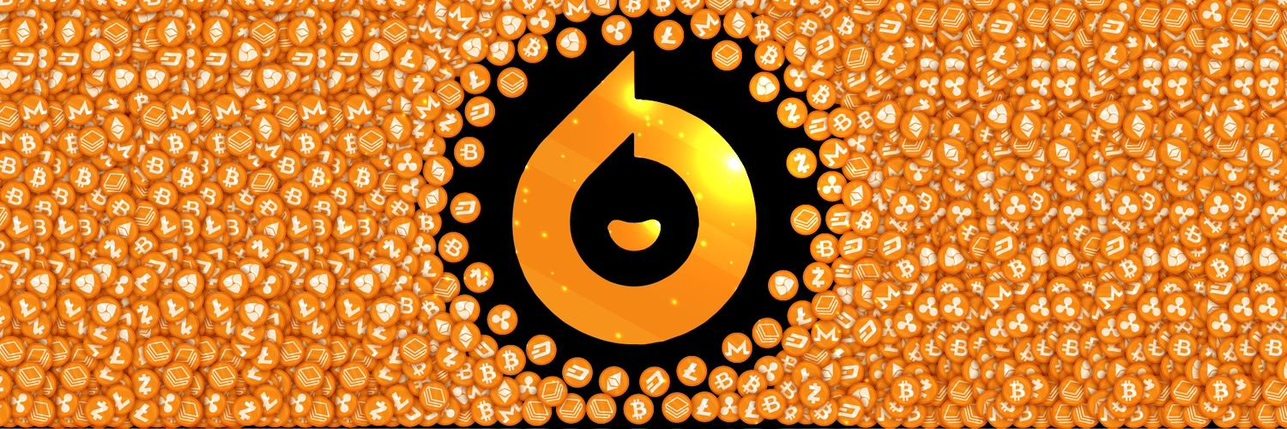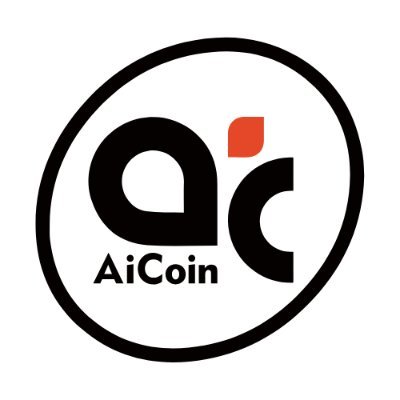


Octus Bridge Kurs BRIDGE
Wie denken Sie heute über Octus Bridge?
Über Octus Bridge (BRIDGE)
Title: Die historische Bedeutung und Schlüsseleigenschaften von Kryptowährungen
Einführung
Kryptowährungen repräsentieren ein revolutionäres Finanzphänomen im digitalen Zeitalter. Sie stellen eine neue Form digitalen Geldes dar, das auf Kryptografie basiert, einer fortgeschrittenen Verschlüsselungstechnik zur Erzeugung von Sicherheit. Die Technologie hinter digitalen Währungen hat sich seit der Einführung von Bitcoin im Jahr 2009 rapide entwickelt und ist zu einem bedeutenden Bestandteil des globalen Finanzsystems geworden.
Historische Signifikanz von Kryptowährungen
Die Bedeutung von Kryptowährungen ist an mehreren Fronten spürbar. Erstens repräsentiert die Entwicklung der Technologie hinter Kryptowährungen, der Blockchain, eine bedeutende technologische Innovation. Die dezentralisierte Natur dieser Technologie ermöglicht Transparenz und Vertrauenswürdigkeit, ohne dass eine zentrale Instanz erforderlich ist.
Zweitens haben Kryptowährungen das Potenzial, die Art und Weise, wie Finanztransaktionen abgewickelt werden, grundlegend zu verändern. Durch die Bereitstellung einer Plattform, die schnelle Überweisungen mit minimalen Gebühren ermöglicht, könnten Kryptowährungen traditionelle Bankensysteme effektiv herausfordern und revolutionieren.
Schlüsseleigenschaften von Kryptowährungen
Dezentralisierung
Kryptowährungen basieren auf einem dezentralisierten Netzwerk, das auf einer Technologie namens Blockchain basiert. Dieses Netzwerk wird in der Regel von einer Community von Nutzern betrieben und verwaltet und ist nicht von einer zentralen Behörde abhängig.
Anonymität
Während jede Transaktion in der Blockchain verzeichnet ist, sind die Identitäten der Transaktionsteilnehmer oft nur über ihre digitalen Adressen bekannt. Diese Anonymität unterscheidet Kryptowährungen von traditionellen Finanzsystemen, bei denen jede Transaktion einer bestimmten Identität zugeordnet werden kann.
Sicherheit
Die Sicherheit von Kryptowährungen wird durch komplexe kryptographische Verfahren gewährleistet. Diese Prozesse machen es fast unmöglich, Transaktionen zu fälschen oder zu manipulieren.
Volatilität
Kryptowährungen sind bekannt für ihre hohe Volatilität. Der Preis von Kryptowährungen kann innerhalb kurzer Zeit stark schwanken, was sowohl Risiken als auch Chancen für Anleger darstellt.
Fazit
Die historische Bedeutung von Kryptowährungen und ihre Schlüsseleigenschaften zeigen, dass sie mehr als nur eine vorübergehende Modeerscheinung sind. Sie repräsentieren eine signifikante technologische und finanzielle Innovation mit dem Potenzial, die Art und Weise, wie wir Geld nutzen und bewegen, zu verändern.
AI-Analysebericht über Octus Bridge
V1: Octus Bridge Preis heute in EUR
Octus Bridge Preisverlauf (EUR)
 Niedrigster Preis
Niedrigster Preis Höchster Preis
Höchster Preis 
Was ist der höchste Preis von Octus Bridge?
Was ist der niedrigste Preis von Octus Bridge?
Octus Bridge Preisprognose
Wie hoch wird der Preis von BRIDGE in 2026 sein?
Wie hoch wird der Preis von BRIDGE in 2031 sein?
FAQ
Wie hoch ist der aktuelle Preis von Octus Bridge?
Wie hoch ist das 24-Stunden-Trading-Volumen von Octus Bridge?
Was ist das Allzeithoch von Octus Bridge?
Kann ich Octus Bridge auf Bitget kaufen?
Kann ich mit Investitionen in Octus Bridge ein regelmäßiges Einkommen erzielen?
Wo kann ich Octus Bridge mit der niedrigsten Gebühr kaufen?
Octus Bridge Bestände nach Konzentration
Octus Bridge Adressen nach Haltezeit

Globale Octus Bridge Preise
- 1
- 2
- 3
- 4
- 5
Neue Listings auf Bitget
Mehr kaufen
Wo kann ich Krypto kaufen?
Videobereich - schnelle Verifizierung, schnelles Trading

Octus Bridge Bewertungen
Bitget Insights





Verwandte Assets
Zusätzliche Informationen über Octus Bridge
Coin-Übersicht
Coin bezogen
Trading bezogen































